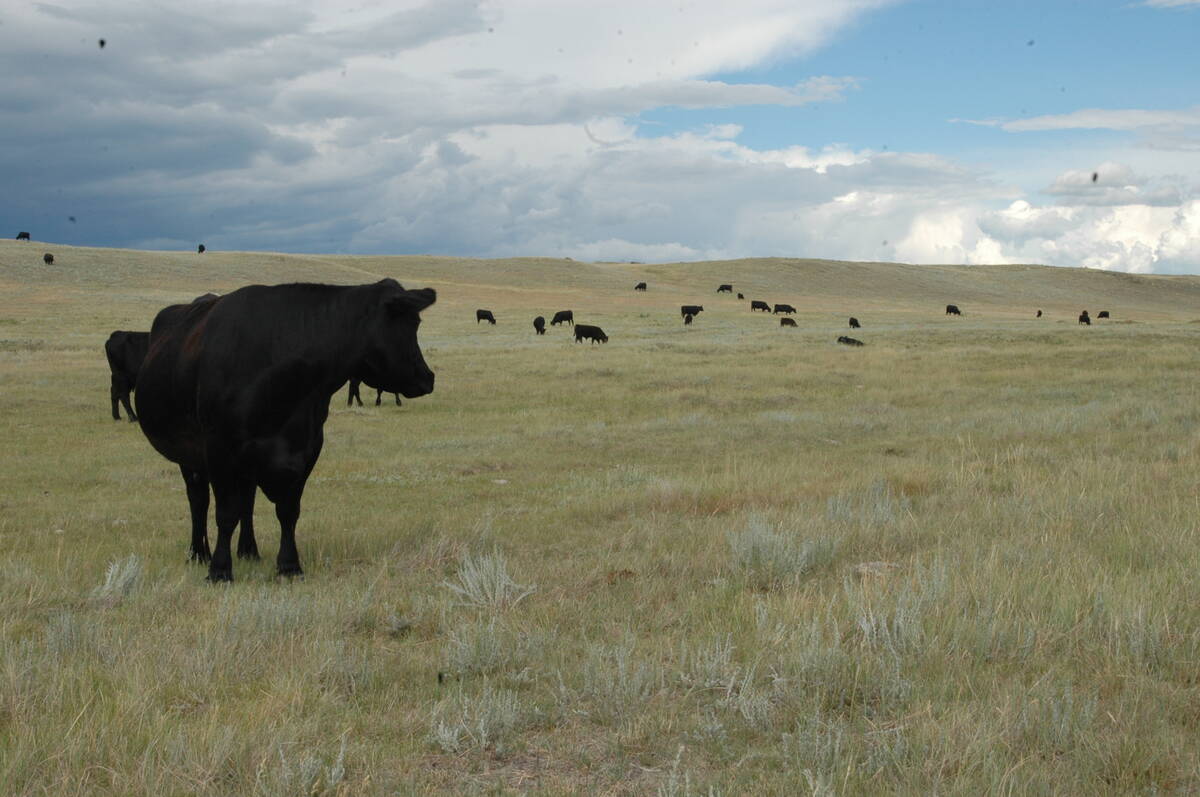The federal government is projecting it will spend more than $700 million during the next fiscal year to fund farm safety net programs.
According to 1998-99 spending estimates tabled in Parliament Feb. 26, it could cost Ottawa more than $100 million above what was projected this year to meet the government’s legal requirement to match safety net funds.
“These programs are driven by demand and this is what we project will be the demand,” said Steve Silcox, director of planning and resource management for Agriculture Canada, in a Feb. 26 interview.
Read Also

Canadian Food Inspection Agency slammed for handling of bovine tuberculosis case
The federal government leans heavily on producers to “take one for the team” and risk their livelihoods without any reassurance of support.
Crop insurance, the Net Income Stabilization Account and provincial companion programs all come with a federal obligation to match spending by others.
Silcox said projected spending for the new year will be higher than the $600 million promised by the government in safety net funding because the department is able to carry forward unspent funds from earlier years.
It does not involve a new government commitment to raise safety net funds.
Government spending estimates for the new fiscal year indicate total agriculture spending of $1.42 billion.
That is $80 million less than the $1.5 billion projected to be spent in the current fiscal year, although the decrease is more than accounted for by the fact that the almost $200 million budget for the Canadian Food Inspection Agency has been moved out of the department.
According to government estimates, Agriculture Canada spending plans for the year beginning April 1 include:
- An extra $44.7 million for federal contributions to the Net Income Stabilization Account program, raising the total to almost $255 million for the year. Silcox said the increase includes Ottawa’s contribution to a federally funded NISA program in Alberta.
- An extra $37.4 million for matching dollars to provincial safety net companion programs, increasing the total expected budget to $122 million.
- An extra $7 million to the crop insurance program, bringing the total to $217.6 million.
The government is also setting aside about $45 million more for agricultural infrastructure spending, based on agreements with the three prairie provinces.
This is part of the transition funding designed two years ago to ease the impact of the 1995 end of the Crow Benefit grain transportation subsidy. The funding ends in two years.
Spending estimates can change during the year as new demands arise or program spending is not needed.
In late March, the government will publish detailed plans for departmental spending.














